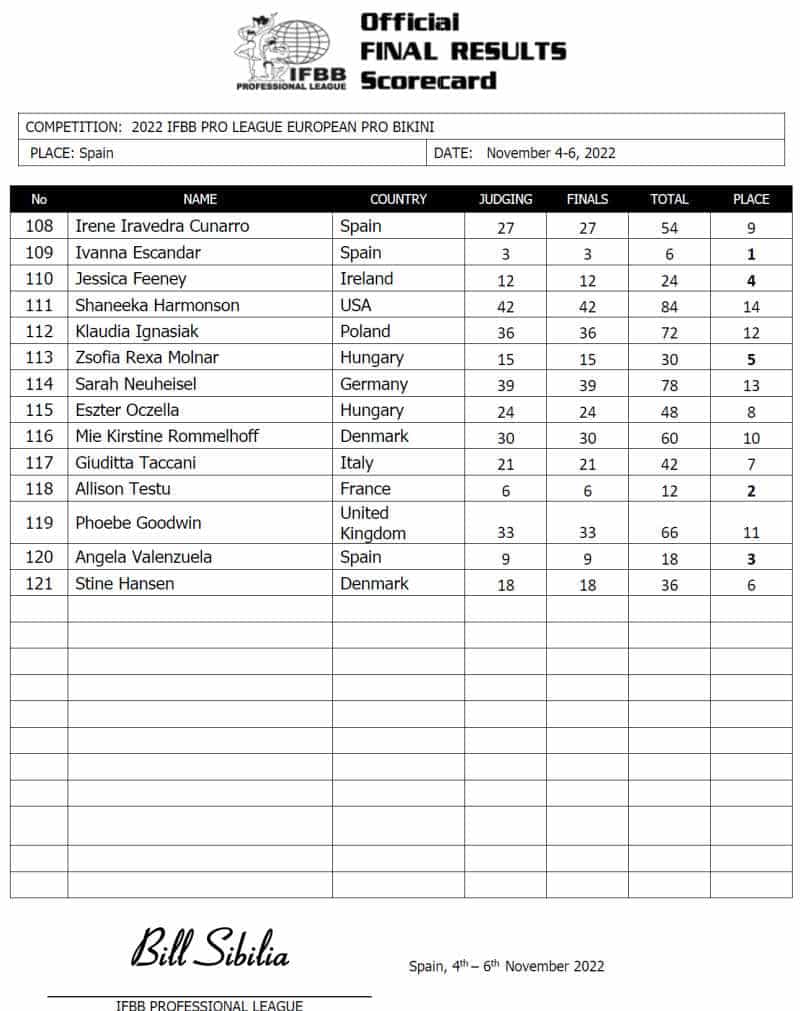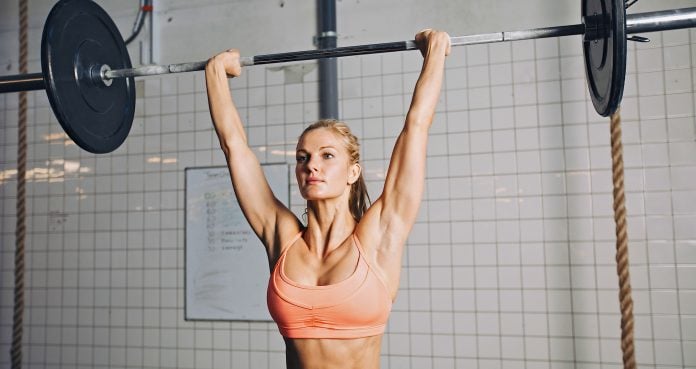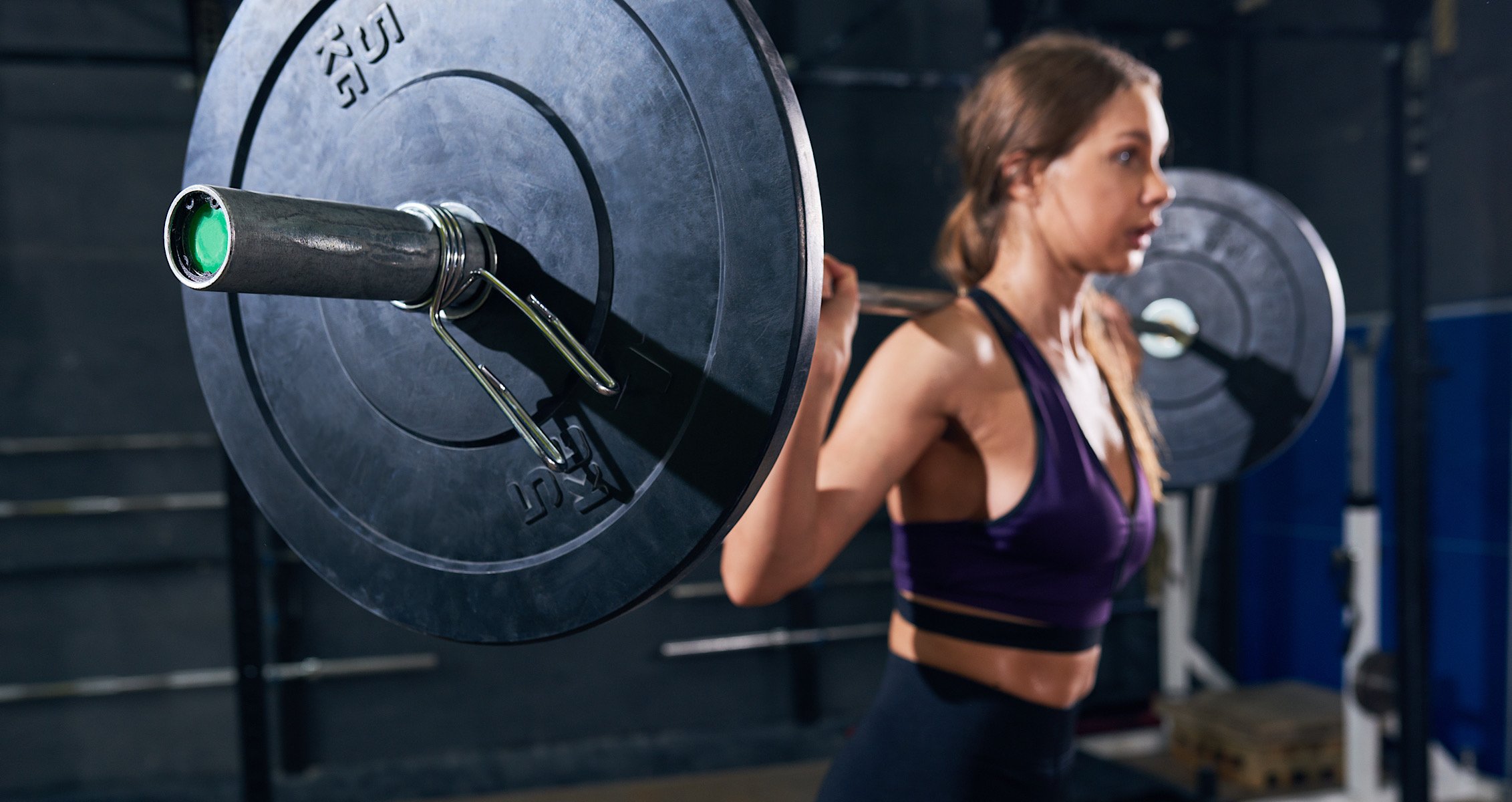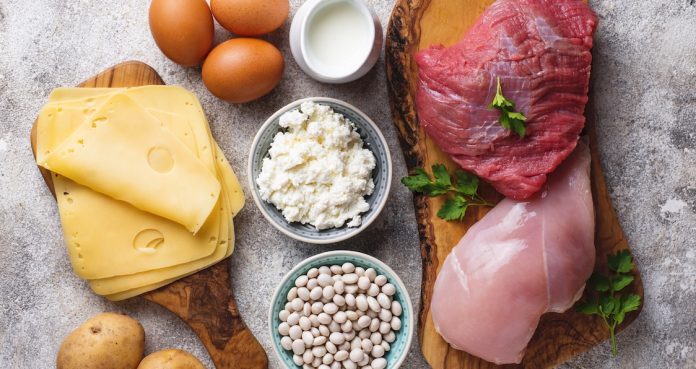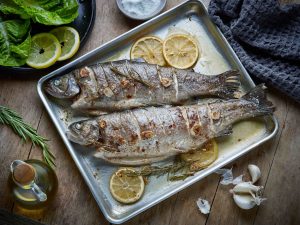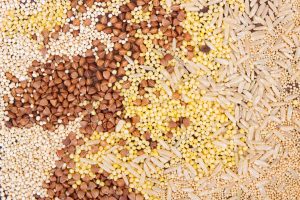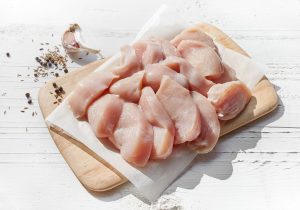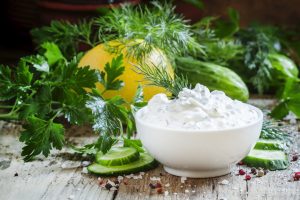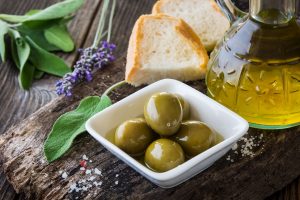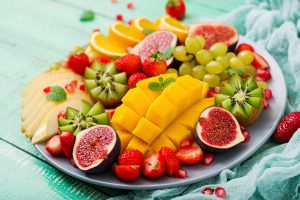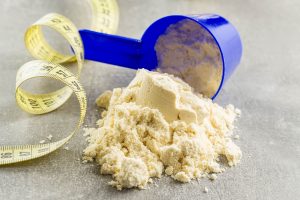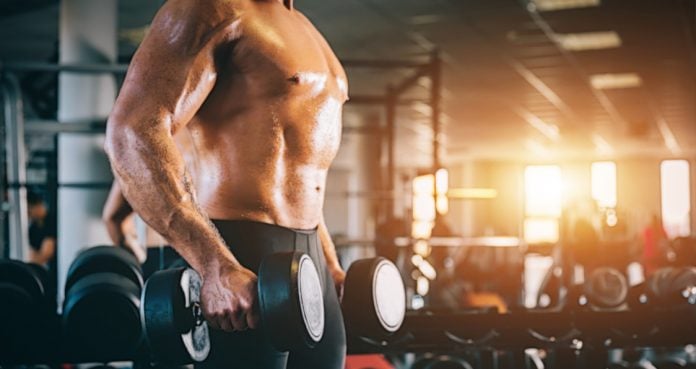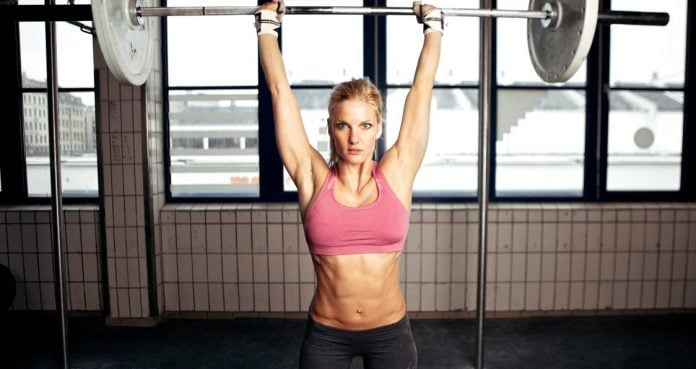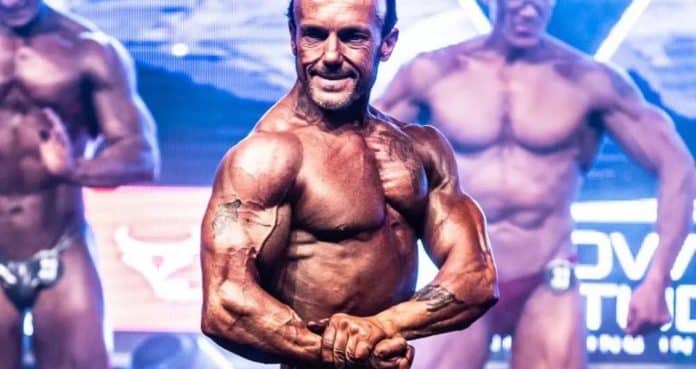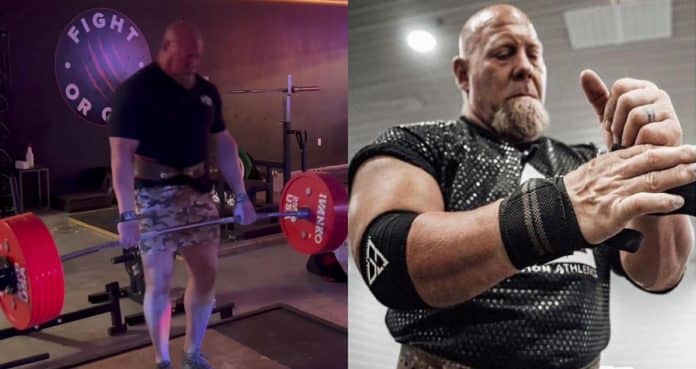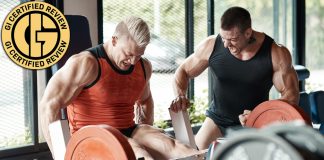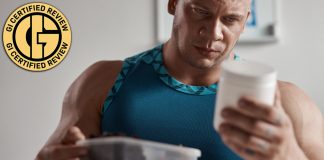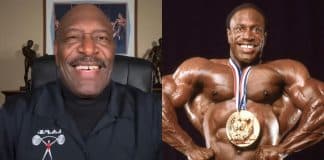Periodization for Maximizing Progress
Not to be confused with renaissance periodization, periodization is simply a form of resistance training that is used by athletes and gym goers alike.
For decades, periodization has been seen as the ultimate programming method for bringing about optimal strength adaptations.
In the fitness industry, it is very rare that something radically new is introduced – especially in terms of programming.
Scientific studies are constantly moulding our understanding of physical training and while specific strength training methods may adapt to reflect these findings, the fundamental principles of periodization remain.
These principles have remained steadfast throughout the years and will continue in the years to come.
Undoubtedly, there will always be small tweaks to align with demands, requirements and current niches but this is not a negative thing.
It is this continually progression that prevents the fitness industry from becoming idle. It is crucial that these tweaks takes place to align with the most recent research.
With so many different training techniques, it can all become very convoluted. However, by taking a step back it becomes very clear that having many training options is actually of great benefit.
The array of choices that are available allow you to select a program that is most specific to your goals, needs, preferences and requirements.
In addition to this, it also provides an insight into the reasons behind why trainers often program in a variety of different ways.
For example, many of you have likely read about Jim Wendler’s 5/3/1 method. However, have you ever considered why exactly Wendler used this approach?
It is possible to learn a great deal about programming and get to grips with many different methods of strength training. The importance of personal growth is often overlooked.
If you are looking to achieve a specific goal or training adaptation, it’s likely that it has tested, studied and applied before.
This article will present and analyze 3 of the most common forms of training periodization (1). It will help you grasp the structure of each method and understand when to apply it to your training.
For those of you who are intermediate or advanced lifters, the likelihood is that you have inadvertently been using these methods from day one.
The History of Periodization
Our understanding of periodization originates from the general adaptation syndrome (GAS) theory (2) which was constructed in the 1950’s.
In the GAS theory, when the body experiences a new stimulus (such as strength training), there are 3 associated phases – alarm, resistance and exhaustion.
The alarm phase refers to the initial shock associated with the new stimulus. Delayed onset muscle soreness (or DOMS) is an excellent example of this.
Resistance is the adaptation to the stimulus. In the phase, the body adapts to become stronger and can consequently deal with the stimulus more efficiently.
Exhaustion is experienced when the body can no longer deal with the stimulus that it is being exposed to. In other words, this is overtraining which leads to a decrease in performance.
Ideally, the goal is to stay within the resistance phase for as long as possible. Doing so will maintain optimal performance and consequently cause maximal adaptation.
The methods utilized in periodization aim to keep the individual in this resistance phase for the greatest period of time possible.
Your previous training experience, activity levels and goals will all combine to determine which periodization model you should follow.
Understanding Periodization Cycles
There are a couple of periodization terms referring to specific timeframes that you should be aware of.
The majority of periodized strength programs can be broken down into macrocycles, mesocycles and microcycles.
Typically, macrocycles are annual, mesocycles are monthly and microcycles are weekly blocks of training.
Be aware that the length of time of both the mesocycle and microcycle can vary depending on the coach, model and season.
1) Linear Progression Periodization
The most commonly used periodization model by a distance. If you remember back to when you first started strength training, it’s likely you followed a linear progression model.
This annual model looks to gradually increase the demand and intensity while simultaneously decreasing volume over a prolonged time period.
The principle behind this model is to progress in one variable and build up to a peak. This is typically done by following the progressive overload principle.
Following this model is ideal for those looking to build strength and lay a solid foundation. The reason it is often used by novices is that it is very simple to understand and implement (3).
Not only is it simplistic, it is undoubtedly effective.
So when should linear periodization be used?
For those who are working up to a competition or event, a linear progression program is recommended.
Training will allow for steady, consistent progress and allow the individual to reach a peak in time for the competition or event.
For example, if an individual is training for a long distance running event in a years time, training can be tailored to gradually progress to avoid overtraining and peak in time for the event.
As mentioned, this form of periodization is ideal for beginners. Many beginners will not be able to follow more advanced training methods and therefore, a linear program is most appropriate for their needs and experience.
Finally, periodized programs are useful for athletes who participate in a short season sport or have multiple competitions in quick succession.
As with the running event, the program allows for a gradual build up in time for the season or competition.
2) Non Linear / Undulating Periodization
Unlike linear programs, this periodized program constantly varies in terms of stimulus over a number of cycles (4).
Non-linear / undulating programs also focus on gradually increasing a number of variables whereas linear programs only focus on one.
Variables that are commonly manipulated during these types of programs are exercise, intensity, volume and training adaptation. These manipulations can be programmed daily, weekly or bi-weekly.
There is no doubt that training programs that follow an undulating pattern are much more advanced than linear progression programs and they are often used by advanced lifters / athletes.
They are a superb method of simultaneously training multiple variables. For example, strength may be trained in the first session, power in the second, and endurance in the third.
When should the non-linear / undulating approach be taken?
Well, as mentioned, the model is ideal for those who are at an advanced level. Those who have more than 2 years training experience may benefit from the consistent variable manipulation.
After a period of time, the body becomes accustomed to the stresses of strength training and a plateau may be reached. Juggling training variables may help to move beyond any training plateau.
Secondly, those who participate in a sport which involves long seasons may be suited to an undulating program.
During the course of a full season, an athlete has to be capable of performing optimally across a number of variables.
Constantly changing the focus of training, will prevent overtraining of one variable and will instead maintain equilibrium across a range of variables.
3) Block Periodization
While the previous periodization styles have been around for a long time, block periodization is relatively “new”.
With block periodization, training periods typically last 2-4 weeks and each block focuses on three individual phases, all which vary in intensity (5).
The phases are accumulation (50-75%), transmutation (75-90%) and realization (90%).
The purpose of these individual blocks is to ensure that the athlete stays at a peak level for the longest time possible.
Since training for many sports involves long durations and multiple peaks, block periodization is seen as ideal.
Block periodization also allows the athletes to focus on sport specific adaptations that they require for their particular sport.
For example, an athlete that doesn’t need to build significant muscle size for their sport, will not train for it.
Those looking to maintain athleticism over a prolonged time period should consider utilizing block periodization.
Regularly working on sport-specific variables will facilitate improvements in how the athlete performs in the sport, while minimizing the risk of burnout.
When should block periodization be applied?
There are a number of sports that have multiple peaks throughout the season. Athletes that participate in a sport which involves multiple competitions should adopt a block periodized program.
The most important considerations to be made with block style periodization is the athlete’s needs and order of the blocks.
The blocks should be rotated appropriately to align with the athlete’s schedule and upcoming competitions. If done correctly, the athlete be suitably primed for competition.
Final Word
There are a number of periodization styles that can be applied to bring about optimal adaptations. It is critical however that the sport, athlete’s training history, experience, needs and preferences are all considered when selecting a periodized model.
For more news and updates, follow Generation Iron on Facebook, Twitter, and Instagram.
References:
1-Lorenz, Daniel; Morrison, Scot (2015-11). “CURRENT CONCEPTS IN PERIODIZATION OF STRENGTH AND CONDITIONING FOR THE SPORTS PHYSICAL THERAPIST”. International Journal of Sports Physical Therapy. 10 (6): 734–747. ISSN 2159-2896. PMC 4637911. PMID 26618056.
2-Selye, Hans (June 17, 1950). “Stress and the General Adaptation Syndrome”. British Medical Journal. 1 (4667): 1383–1392. ISSN 0007-1447. PMC 2038162. PMID 15426759.
3-Miranda, Fabrício; Simão, Roberto; Rhea, Matthew; Bunker, Derek; Prestes, Jonato; Leite, Richard Diego; Miranda, Humberto; de Salles, Belmiro Freitas; Novaes, Jefferson (2011-7). “Effects of linear vs. daily undulatory periodized resistance training on maximal and submaximal strength gains”. Journal of Strength and Conditioning Research. 25 (7): 1824–1830. doi:10.1519/JSC.0b013e3181e7ff75. ISSN 1533-4287. PMID 21499134.
4-Lorenz, Daniel S.; Reiman, Michael P.; Walker, John C. (2010-11). “Periodization”. Sports Health. 2 (6): 509–518. doi:10.1177/1941738110375910. ISSN 1941-7381. PMC 3438871. PMID 23015982.
5-Issurin, V. (2008-3). “Block periodization versus traditional training theory: a review”. The Journal of Sports Medicine and Physical Fitness. 48 (1): 65–75. ISSN 0022-4707. PMID 18212712.




